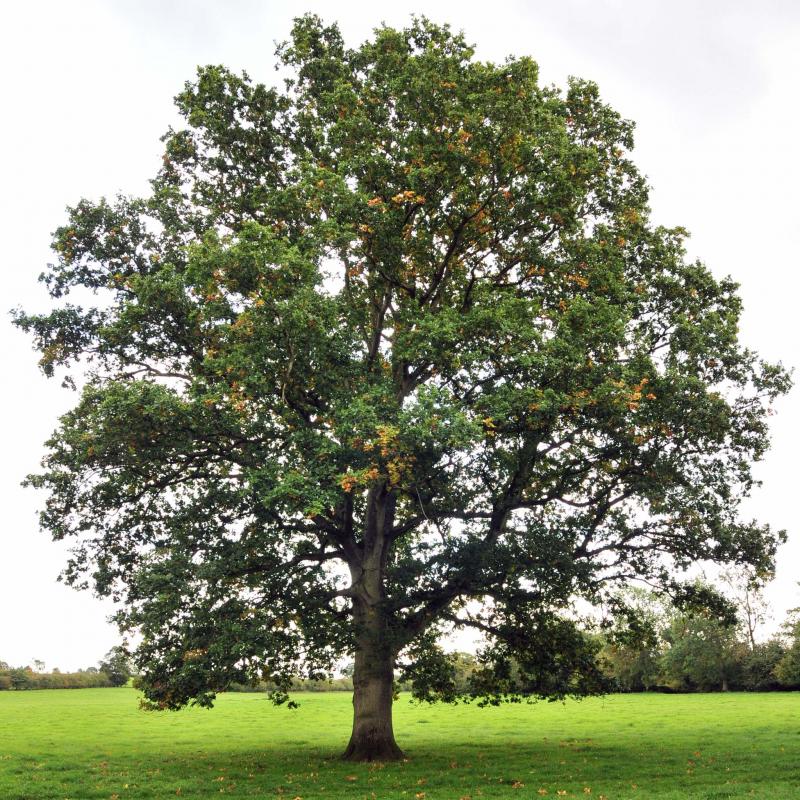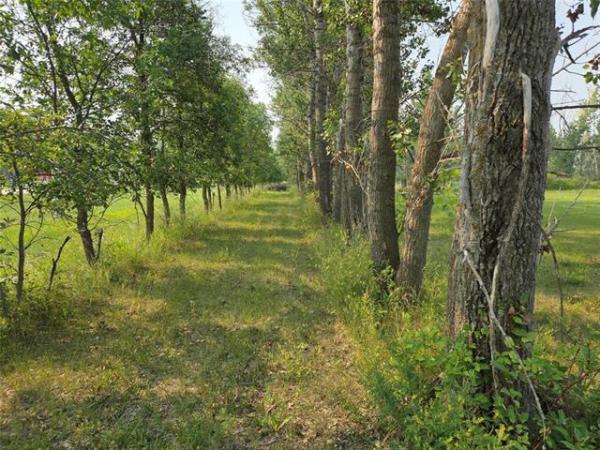
Fotolio
Research shows trees can tell when their branches are swaying in the wind and the difference between hot and cold.
Have you ever touched a tree, its trunk bark, its leaves or its twigs? We could ask this question in reverse. Can a tree sense that it is being touched? From a day to day perspective, trees are "touched" mostly by the wind. After wind, the tree is frequently touched by rain and snow throughout the year.
Children touch, hug and climb trees more than adults. Children quite enjoy exploring the texture of tree bark with their small hands. Adults, on the other hand, rarely touch trees unless they are pruning them, hanging a clothes line on them or cutting them down.
Mostly, we tend to ignore trees unless they become a nuisance. They are there in our gardens, parks, street boulevards and in a host of recreational areas.
For many years, I would be invited to speak to school children about trees when I was Winnipeg’s city forester. During a tree awareness program that schools put on, I would ask the kids, "What if the trees and shrubs knew we were touching then? How do you think the trees would react?" I got many heartfelt wonderful responses from the children who, in my opinion, easily emote with trees as well as nature in general.
Believe it or not, trees and nearly all other living plants know when they are being touched.
Through years of research, we know that nearly all plants — including trees — can tell when their branches are swaying in the wind, and the difference between hot and cold sensations. Plants do not of course actually "feel" in the sense that we use that expression. They don’t feel regret or elation. They do not have an intuitive awareness of any internal mental or emotional state. I should add, however, that I have encountered clients who do believe trees are sensitive to their environment, much like nearly all humans can be. Young children have expressed to me that they love their favourite tree in a school yard, for example.
Trees and other plants, especially woody and non-woody vines, can perceive the sensation of touch based on plant-lab experiments. Physiologically, touch sensation in vines as well as the Venus flytrap can be sensed very rapidly.
Tree roots constantly "sense" their soil environment through a genetically controlled need to absorb soil oxygen, water and nutrients, in that order of priority. The sense factor in roots is initiated by root hormones located in in the very fine, almost cellular root hairs. In their search for these critical substances, roots "feel" their way through the soil. Heavily compacted soils, especially clays, readily impede the movement of roots. A classic example of this sometimes occurs with the planting of a new tree in an inappropriately prepared soil excavation. If the adjacent soils around the planting hole are not broken up and amended with loose-texture top soil, the roots can "sense" the hard outside surface of the planting pit and start spiralling around the planted root mass. This action deprives the roots of their ability to absorb critically needed air, water and nutrients. Tree growth is seriously impaired in this situation, often killing the tree over time.
It is not commonly known that the roots of many trees and other plant species have a "buddy" association with important naturally occurring soil fungi called mycorrhizae. These fungi are virtually absent in commercially sourced top soils, but are very bountiful in the soils of undisturbed woodlands and older pastures. The fungi and the soils become, in a sense, buddies with this mutual, beneficial attraction. A commercial preparation called Myke is available from garden centres and nurseries to add to new soil mixtures. When you sense your plants are truly healthy, you will feel good about the results you have achieved.
Michael Allen M.Sc.F., RPF (ret’d) is a consulting urban forester, tree diagnostician and certified arborist. He owns Viburnum Tree Experts. He can be reached at 204-831-6503 or 204-223-7709. His web site is treeexperts.mb.ca
viburnumtrees@shaw.ca



